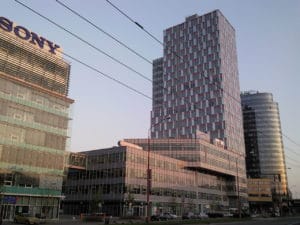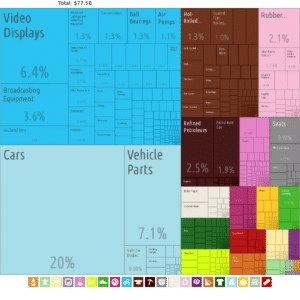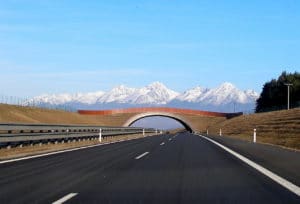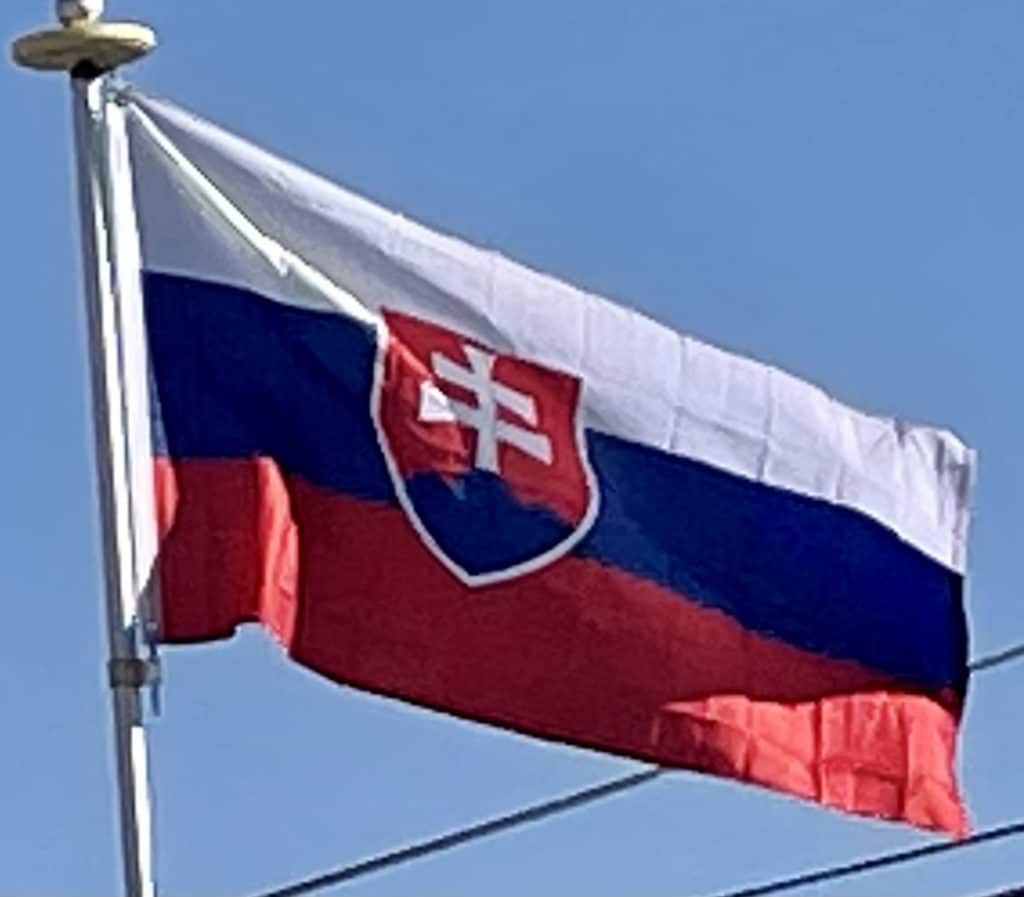
In 2020, Slovakia was ranked by the International Monetary Fund as the 38th richest country in the world (out of 187 countries), with purchasing power parity per capita GDP of $38,321. The country used to be dubbed the “Tatra Tiger”. Slovakia successfully transformed from a centrally planned economy to a market-driven economy. Major privatizations are completed, the banking sector is almost completely in private hands, and foreign investment has risen.
The Slovak economy is one of the fastest-growing economies in Europe and 3rd-fastest in eurozone (2017). In 2007, 2008 and 2010 (with GDP growth of 10.5%, 6% and 4%, retrospectively). In 2016, more than 86% of Slovak exports went to European Union, and more than 50% of Slovak imports came from other European Union member states.
Slovakia adopted the Euro currency on 1 January 2009 as the 16th member of the Eurozone. The euro in Slovakia was approved by the European commission on 7 May 2008. The Slovak koruna was revalued on 28 May 2008 to 30.126 for 1 euro, which was also the exchange rate for the euro.
Although Slovakia’s GDP comes mainly from the tertiary (services) sector, the industrial sector also plays an important role within its economy. The main industry sectors are car manufacturing and electrical engineering. Since 2007, Slovakia has been the world’s largest producer of cars per capita, with a total of 1,090,000 cars manufactured in the country in 2018 alone. 275,000 people are employed directly and indirectly by the automotive industry. There are currently four automobile assembly plants.

From electrical engineering companies, Foxconn has a factory at Nitra for LCD TV manufacturing, Samsung at Galanta for computer monitors and television sets manufacturing. Slovnaft based in Bratislava with 4,000 employees, is an oil refinery with a processing capacity of 5.5 – 6 million tons of crude oil, annually. Steel producer U. S. Steel in Košice is the largest employer in the east of Slovakia with 12,000 employees.
Transportation:
There are four main highways D1 to D4 and eight expressways R1 to R8. Many of them are still under construction.
The D1 motorway connects Bratislava to Trnava, Nitra, Trenčín, Žilina and beyond, while the D2 motorway connects it to Prague, Brno and Budapest in the north–south direction. A large part of D4 motorway (an outer bypass), which should ease the pressure on Bratislava’s highway system, is scheduled to open in 2020. The A6 motorway to Vienna connects Slovakia directly to the Austrian motorway system and was opened on 19 November 2007.

Slovakia has four international airports. Bratislava’s M. R. Štefánik Airport is the main and largest international airport. It is located 9 kilometers (5.6 miles) northeast of the city center. It serves civil and governmental, scheduled and unscheduled domestic and international flights. The current runways support the landing of all common types of aircraft currently used. The airport has enjoyed rapidly growing passenger traffic in recent years; it served 279,028 passengers in 2000 and 2,292,712 in 2018. Košice International Airport is an airport serving Košice. It is the second-largest international airport in Slovakia. The Poprad–Tatry Airport is the third busiest airport, the airport is located 5 km west-northwest of ski resort town Poprad. It is an airport with one of the highest elevations in Central Europe, at 718 m, which is 150 m higher than Innsbruck Airport in Austria. The Sliač Airport is the smallest international airport and currently operates only summer charter flights to popular sea resort destinations.
